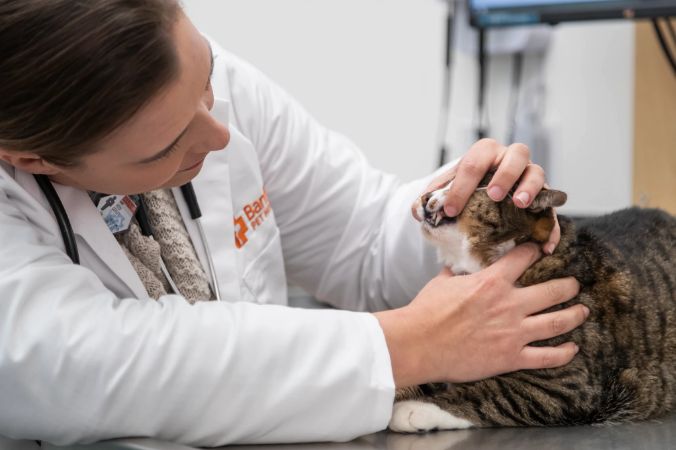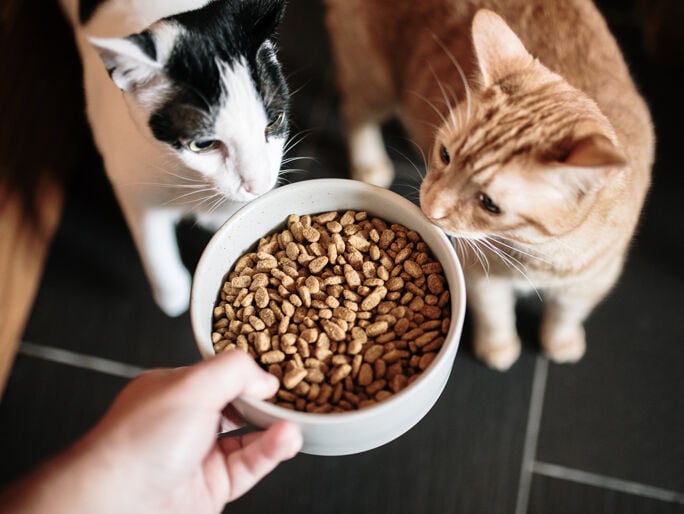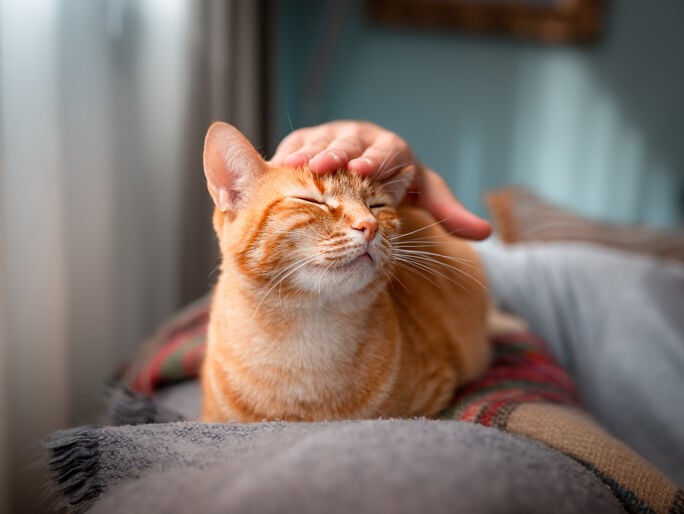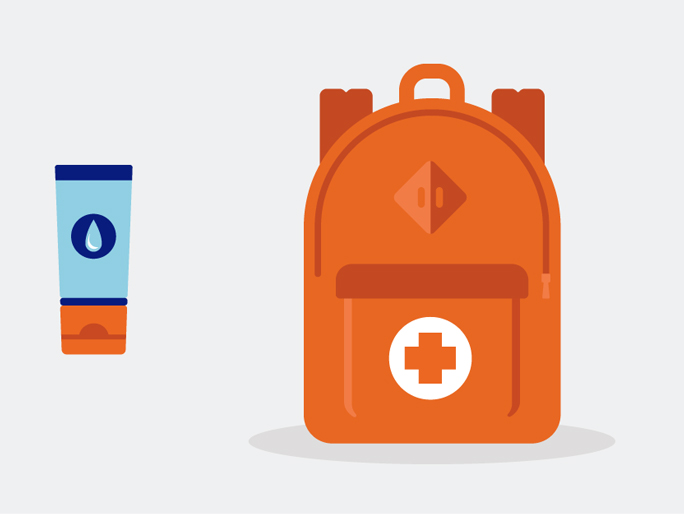
dental care and oral health for cats
Dental disease affects more than 65% of the cats we see at Banfield, but there are ways to help your pet!
Healthy mouth, happy cat! Regular oral exams, professional teeth cleanings, and good home care may help the cat you love avoid painful periodontal disease, tooth loss, and truly stinky kitty breath.
Dental disease in dogs and cats
Danger signs that may mean pain or infection.
Signs of dental disease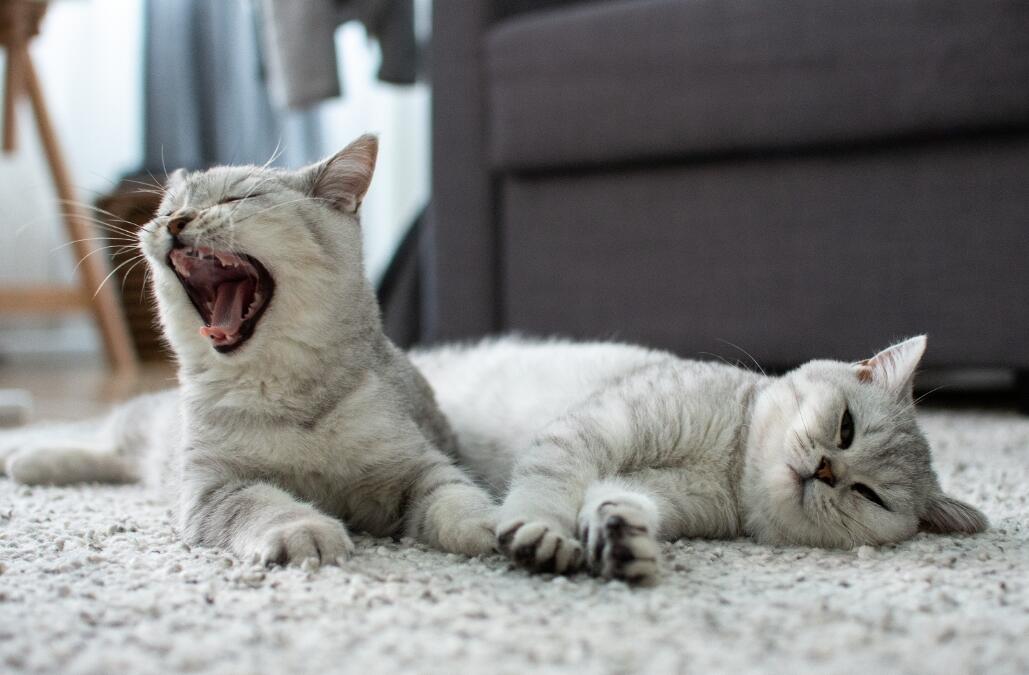
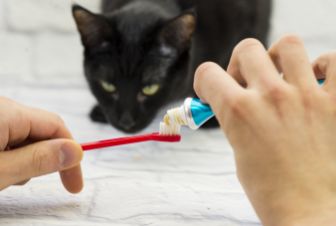
Professional dental cleanings
How and why dental cleanings can help oral health. Why cleanings count
Commonly asked questions about cat dental care
What’s feline tooth resorption?
For unknown reasons, many older domestic cats reabsorb the structure of their teeth. We can’t prevent it, but we can help make your cat more comfortable if it happens. Talk to your veterinary team about recognizing the signs and how we can help.
Why does my cat need anesthesia for a dental cleaning?
Dogs and cats aren’t quite as good as people at keeping their mouths open for dental cleanings, and their teeth are way sharper. Anesthesia helps us safely examine and clean their entire mouth Watch our video on professional dental cleanings
Is a dental cleaning under anesthesia safe for cats?
Our industry-leading anesthetic protocols have been developed with veterinary anesthetic specialists. We prioritize keeping your pet safe and comfortable throughout their dental cleaning, just like we do all other procedures under anesthesia. See our video on anesthesia
Do I really need to brush my cat’s teeth?
Ideally, yes! Good home dental care helps support all the benefits of a full professional dental cleaning, just like it does for people before and after they see the dentist. How to brush your pet’s teeth
Why would there be extra costs for my pet’s dental cleaning?
Although we can tell quite a bit from your awake pet’s mouth, we can’t take a full look until your pet is under anesthesia. That’s when we can take radiographs, examine under the gumline, check the back of their mouth, and explore all the little nooks and crannies where disease might hide.
If we do find evidence of additional dental needs (and costs), we’ll always reach out to discuss what next steps we recommend. It’s really important to keep your phone handy during your pet’s procedure because it’s often simpler (and less expensive) to address these dental issues while your pet is already under anesthesia instead of needing a new surgical appointment.
Do cats need dental care?
They sure do. Regular veterinary oral exams and professional teeth cleanings can help tackle the buildup of smelly, sticky tartar on your cat’s teeth, helping the cat you love avoid painful periodontal disease, tooth loss, and truly stinky kitty breath.
Can I use toothpaste for my cat?
Yes, but only toothpaste that’s specifically made for cats! Human toothpaste can be dangerous for them.
What is a common dental problem for cats?
Periodontal disease at any stage is a very common dental problem found in cats. It begins with plaque that can turn into tartar that’s impossible to clean with brushing. The tartar can lead to gingivitis (infected gums) and even tooth loss.

Need advice on flea control? Ping Pet Chat™!
Whether it's 3 a.m. or 3 p.m., connect with a real veterinary professional for immediate petcare advice. It's included in all Optimum Wellness Plans®!
Log in to start chatting Mites and mange
Mites and mange Podcast - Not Just Fluff
Podcast - Not Just Fluff
